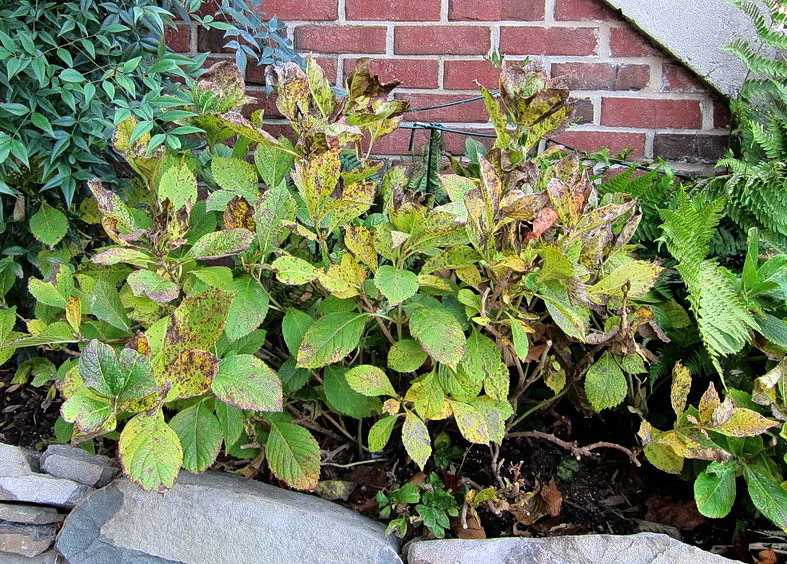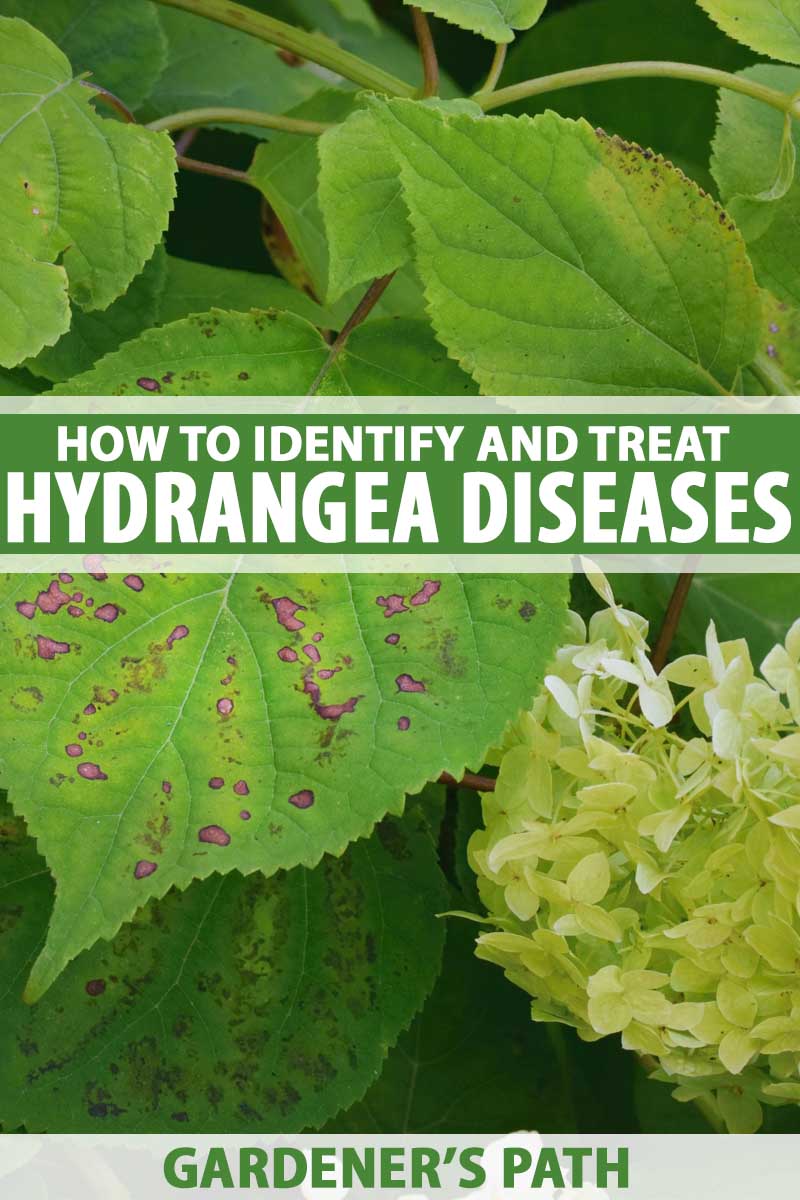4 Simple Techniques For Hydrangea Leaves Turning Yellow
The Best Guide To Hydrangea Leaves Turning Yellow
Table of ContentsSome Known Factual Statements About Hydrangea Leaves Turning Yellow Hydrangea Leaves Turning Yellow Can Be Fun For AnyoneHow Hydrangea Leaves Turning Yellow can Save You Time, Stress, and Money.The 3-Minute Rule for Hydrangea Leaves Turning YellowHydrangea Leaves Turning Yellow Fundamentals ExplainedSee This Report about Hydrangea Leaves Turning Yellow
The container ought to be big sufficient so the plant can expand and obtain all of the water and nutrients it requires. Panicles love the full sun.No matter of the range, plan ahead and make sure your plant has plenty of defense from the wind. You can transplant to a new place, or you could create a wind barrier making use of an additional plant, or secure fencing.
Decorative lawn, Rose of Sharon, or Holly bushes are just a few concepts of plants you might utilize to obstruct the wind. If you require to hair transplant, find a spot in your yard that is well protected from sunlight and wind. Hair transplanting is ideal carried out in the autumn or the spring.
Hydrangea Leaves Turning Yellow Things To Know Before You Get This
Every one of the above circumstances can occur to any gardener. Luckily for everybody, hydrangeas are really resilient, and will certainly more than likely recuperate really promptly with a little love and care. The plants place is the most vital element when it concerns obtaining well established and correct development. With a little forethought on growing location and appropriate upkeep, you'll be able to ensure your hydrangeas!.
So, if Hydrangea leaves turn yellow and falls off later on, it's typically because of overwatering, as the plant can not uptake water and drops the fallen leaves to reduce off transpiration. Following this, Hydrangea leaves begin to sag and shrivel. Considering that both problems can develop yellow leaves, you must detect the difference between the overwatered and underwatered plant.
Nevertheless, you can rescue the plant from yellow fallen leaves by providing it the right light and positioning. If your plant obtains yellow fallen leaves, relocate to a dark location. Place Hydrangea plants inside your home near an east-facing home window. Dapple the plant with drapes or UV protection sheets to block straight warmth.
Some Known Questions About Hydrangea Leaves Turning Yellow.
Keep in mind, Hydrangeas are only frost forgiving in autumn and winter months as they go dormant, and temperature alterations can create yellowing fallen leaves and brown places. If it gets also cozy, the sides of the leaves become yellow, transform brownish and create a crunchy structure. Transfer your potted Hydrangeas far from drafty north-facing windows in the winter.
Hefty dirt can quickly block the oxygen supply to the roots and cut the connection with the top components of the plant (leaves). Hydrangea leaves transform their color if they locate minor aggravations in the soil composition. This problem can cause the Hydrangea entrusts to turn yellow, deal with leaf decreases, and render a sagging plant in sync with overwatering.
Yet, yellow leaves in Hydrangeas are the initial indications of condition infestation, typically followed by black areas, browning, goes down, and wilting. Separate the diseased or pest-infested plant from the healthy plants to protect against illness spread. If it is a yard plant, remove all the infected fallen leaves using disinfected devices and clean up all the particles.
Indicators on Hydrangea Leaves Turning Yellow You Should Know

Prevent cutting healthy or eco-friendly fallen leaves, and do not eliminate more than 25% of the plant's foliage. Collect the discarded leaves to burn or compost them. The main reason behind the red fallen leaves in Hydrangea is poor dirt or ecological problems. Hydrangea Leaves Turning Yellow. If Hydrangea fallen leaves have a white fine-grained material on them, it implies Powdery Mold infection.
Repot the plant every year in spring or every 2 years if the growth price is sluggish.
Some Ideas on Hydrangea Leaves Turning Yellow You Should Know

Each reason influences the plant in such a way that can be taken care of if we comprehend exactly how to care for hydrangeas properly. When we discuss insufficient light for hydrangeas, we imply that the plant isn't getting adequate sunlight. Hydrangeas favor brilliant light, but not straight, scorching sun. They typically thrive ideal with morning sunlight and afternoon shade.
Without sufficient sunshine, the leaves can transform yellow, the plant can become weak, and it could produce less flowers. To ensure a hydrangea gets adequate light, it must be positioned in an area where it can appreciate the i loved this early morning light and be safeguarded from the extreme mid-day sun. Overwatering is when a hydrangea plant obtains even more water than it needs.
Some Of Hydrangea Leaves Turning Yellow

Without enough air, the origins can't do their work well, and the plant begins to experience. Yellow leaves might be an indication that the plant is getting way too much water. On the other hand, dehydration occurs when the plant does not obtain enough water. Like individuals, plants need water to remain healthy and balanced.
This issue prevails in the loss as the climate changes or if a hydrangea is grown in a spot where it does not get adequate heat from the sun. It's important to understand you can look here the ideal conditions for hydrangeas to avoid low-temperature tension. The majority of hydrangeas grow finest in zones 6 to 9, where the environment is milder.
It is very important to know that this kind of yellowing is different from the yellowing triggered by issues like as well much water or otherwise enough light. For that reason, if the yellow leaves are mainly at the end of the plant and the rest of the plant looks healthy and balanced, it might simply imply that the fallen leaves are simply obtaining old.